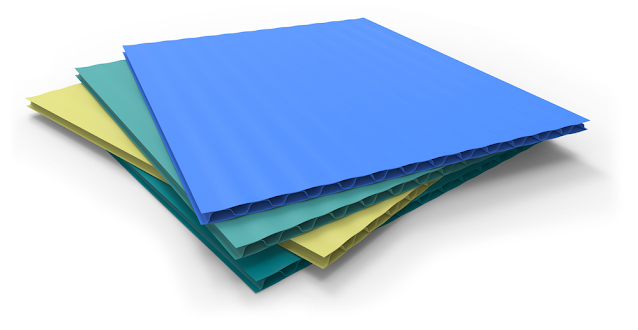LED (Light-Emitting Diode) lighting
technology has become increasingly popular due to its energy efficiency and
versatility. However, in certain applications, the direct emission of light
from LEDs can result in undesirable glare, uneven illumination, or harsh
shadows. To address these issues, LED
light diffuser sheets are used. In this comprehensive guide, we will
explore what LED light diffuser sheets are, how they work, and their various
applications.
What
are LED Light Diffuser Sheets?
LED light
diffuser sheets, also known as light diffusing films or panels, are thin
materials designed to scatter and disperse light emitted by LEDs. These sheets
are typically made of polycarbonate, acrylic, or polyester and are specifically
engineered to manipulate light transmission. They possess optical properties
that effectively distribute light across a wider area and create a more uniform
illumination.
How
Do LED Light Diffuser Sheets Work?
LED diffuser
sheets work by employing several optical techniques
to alter the characteristics of light emitted by LEDs. Here are the key
mechanisms through which they achieve this:
- Diffusion: Diffuser sheets scatter light
in different directions, reducing the direct glare from the light source. This
diffusion process creates a softer, more pleasing illumination by breaking up
the concentrated beams of light.
- Light Transmittance: These sheets
control the amount of light transmitted through them, allowing for
customization of brightness levels. By adjusting the transmittance, they help
achieve the desired level of illumination while ensuring optimal visibility and
comfort.
- Beam Angle Modification: LED light diffuser sheets can modify the
beam angle of the emitted light. They widen the light beam, resulting in
broader coverage and minimizing harsh shadows and hotspots. This feature is
particularly useful for applications such as backlighting, signage, and
displays.
- Light Scattering: Through
micro-structures embedded within the diffuser material, these sheets scatter
light, causing it to disperse in various directions. This scattering effect
helps eliminate unwanted patterns, reduce color banding, and enhance overall
light quality.
Applications
of LED Light Diffuser Sheets
LED
light diffuser sheets find applications in a wide
range of industries and lighting scenarios. Here are some common uses:
- Architectural Lighting: Diffuser sheets
improve the aesthetic appeal of architectural lighting fixtures, ensuring
uniform and soft illumination. They are often used in pendant lights, wall
sconces, and recessed lighting to create a comfortable environment.
- LED Displays and Signage: Diffuser
sheets enhance the visibility and readability of LED displays and signage by
reducing glare and optimizing light distribution. They are commonly used in
applications like electronic billboards, scoreboards, and retail signage.
- Backlighting: These sheets are employed
in backlighting applications to achieve uniform and visually pleasing
illumination. Examples include backlighting for LCD screens, keyboards,
automotive instrument panels, and advertising lightboxes.
- Photography and Studio Lighting: LED light diffuser sheets are utilized
in photography and studio lighting setups to create soft and even illumination,
reducing harsh shadows and enhancing the overall quality of lighting.
- Medical and Scientific Equipment:
Diffuser sheets are employed in medical and scientific equipment where precise
lighting is essential. They help ensure accurate readings, reduce eye strain,
and maintain consistent lighting conditions.
Conclusion
LED light diffuser sheets are essential components that enhance the performance and
aesthetics of LED lighting systems across various applications. By scattering
and diffusing light, these sheets help eliminate glare, improve uniformity, and
create visually pleasing illumination. Understanding the principles behind LED
light diffuser sheets enables designers and lighting professionals to optimize
lighting solutions for their specific needs. With the continued advancements in
LED technology, these sheets will continue to play a crucial role in achieving
efficient, comfortable, and visually appealing lighting environments.
AKMY Polyplast is one of the renowned light diffuser sheet suppliers,
offering high-quality products to meet various lighting needs. With their
expertise in the industry, AKMY Polyplast provides innovative solutions,
ensuring optimal light transmission, uniform illumination, and superior light
diffusion for a wide range of applications. As a trusted leader, AKMY Polyplast
continues to deliver reliable and efficient light diffuser sheet solutions to
customers worldwide.






.png)




